I'm creating a number of static custom UITableViewCells and have dragged a UISegmentedControl onto one of the custom cells.
Whilst the segmented control allows me to alter its width I cannot alter its height in Interface Builder (that property is greyed out on 44 in the 'size' section of the property inspector).
I know that a UISegmentedControl can be crated with a custom height in code and added to a UITableViewCell. Is there any way to adjust the height of the segmented control in Interface Builder?

